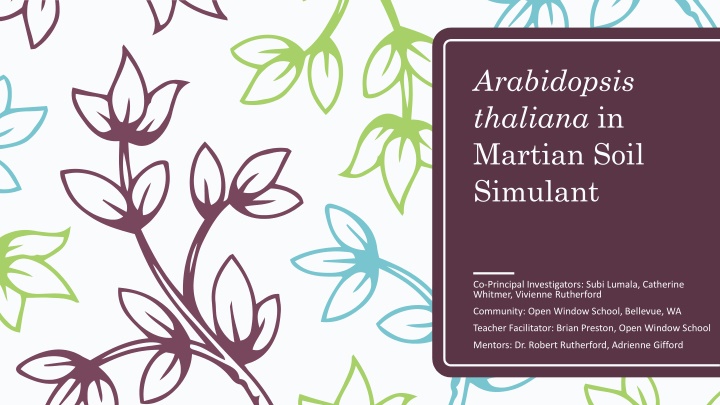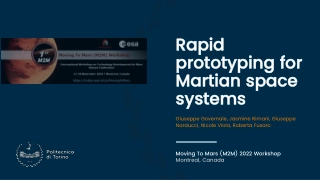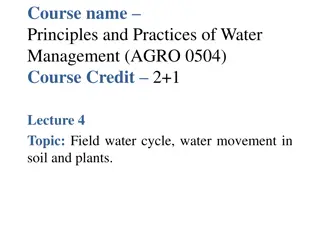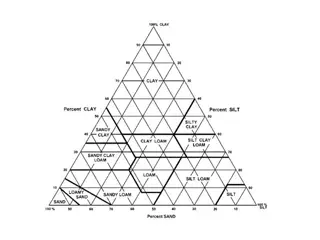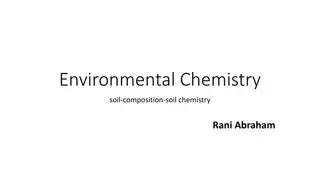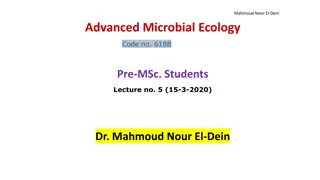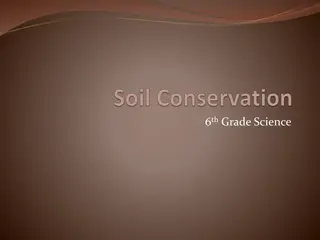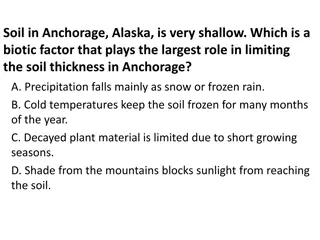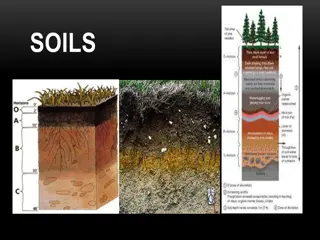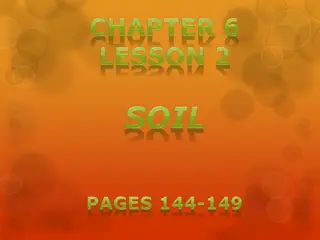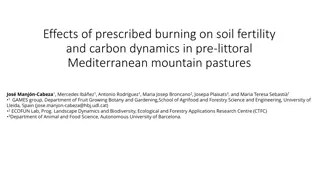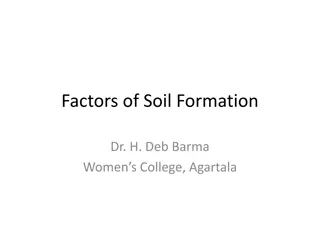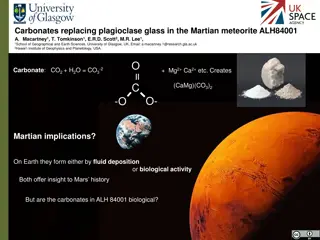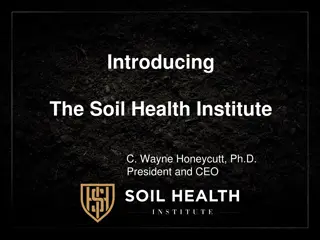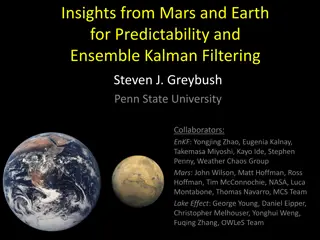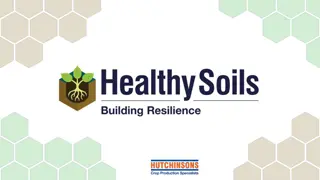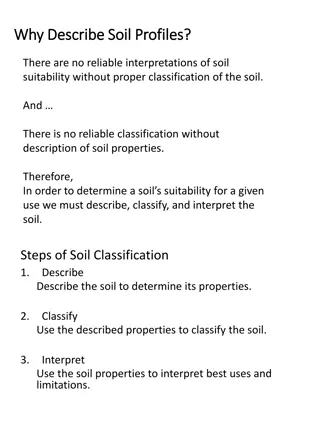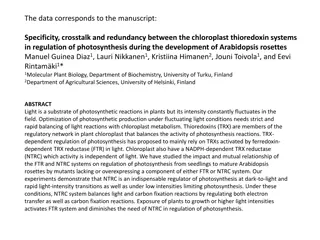Growing Arabidopsis thaliana in Martian Soil Simulant: An Innovative Experiment
This project explores germination of Arabidopsis thaliana in a Martian soil simulant, addressing challenges for potential Mars colonization. The experiment's design, analysis procedure, and anticipated results are detailed. The team's dedication to scientific inquiry and future space exploration is evident in their meticulous approach. By testing plant growth in conditions similar to Mars, they aim to contribute valuable insights for future Martian expeditions.
Download Presentation

Please find below an Image/Link to download the presentation.
The content on the website is provided AS IS for your information and personal use only. It may not be sold, licensed, or shared on other websites without obtaining consent from the author.If you encounter any issues during the download, it is possible that the publisher has removed the file from their server.
You are allowed to download the files provided on this website for personal or commercial use, subject to the condition that they are used lawfully. All files are the property of their respective owners.
The content on the website is provided AS IS for your information and personal use only. It may not be sold, licensed, or shared on other websites without obtaining consent from the author.
E N D
Presentation Transcript
Arabidopsis thaliana in Martian Soil Simulant Co-Principal Investigators: Subi Lumala, Catherine Whitmer, Vivienne Rutherford Community: Open Window School, Bellevue, WA Teacher Facilitator: Brian Preston, Open Window School Mentors: Dr. Robert Rutherford, Adrienne Gifford
Why We Chose Our Project Our experiment addresses some of the recent news about Mars and colonizing it Mars has different soil and gravity and how they affect plant growth could be important to colonists trying to survive on Mars It is not possible to simulate the low gravity of Mars here on Earth. The closest we can get is the microgravity on the ISS We believe our research could be useful in the future as a step forward in science and surviving space travel This idea would require lots of testing and trying different variations of soil, water, and sterilization, and we were all willing to do the extra work Out of all of our ideas this one popped out at us, igniting our curiosity in this area of science. It was unanimous that this would be our project
In a Similar-to-Martian Environment, How Will Arabidopsis thaliana Germinate, If At All? Our experiment is centered around Arabidopsis thaliana, a well-know and well- researched plant in the mustard family. A. thaliana is often used as a "control" for scientific experiments, but no one has tested it in a Martian soil simulant in low gravity. It has been grown in space, in Earth soil, and has been very successful. A. thaliana will germinate and then die within 2 weeks, therefore with our plan we will stop it early. The data from our results will hopefully benefit the scientific community with future Mars experiments, or even colonies.
Experiment Design and Analysis Procedure The design for our type 3 FME has three partitions In our analysis we will: Count how many seeds sprouted In Volume 1 we have 2.5 mL of our Martian soil simulant and 200 A. thaliana seeds Measure the lengths of the sprouts Measure the volume of all the sprouts together In Volume 2 we have 2.5 mL of sterilized water that will be used to start the seeds' growth Look at root, stem, and leaf shapes In Volume 3 we have 2.4 mL of 20% natural buffered formalin to halt the seeds' growth before they come back to earth Compare all of these to the Ground Truth results
Ground Truth Experiment Results We have not done our final Ground Truth experiment yet, but this information is from our experiments while we were finding out the best growing conditions Our Ground Truth experiments have varied as we have learned We worked through many trials to optimize the sterilization procedure. The seeds are delicate and easy to kill! We have settled on a sterilization procedure and we are getting very good results In typical results we get around 34 out of 50 seeds sprouted with 1 mL of water and 1 mL of soil
Our Hypothesis of What Will Happen in Space We need to be concerned that the soil and the water might separate in microgravity and some seeds will not get enough soil or water. To help avoid this we start with a thorough shaking of the FME We suspect that microgravity might cause the seeds to develop at a different rate The seeds could show different amounts of growth in their leaves and stems. Because of the lack of gravity the stems and roots might grow in the same direction
Acknowledgements We would like to thank everyone on the review board: Dr. Phyllis Harvey-Buschel, Wing L. Mui, Dr. Cheryl Lydon, Dr. David Horn, Dr. Brett Adams, Dr. Fay Shaw, Dr. Adrian KC Lee, and Sally Goetz Shuler. These generous people took the time to read over and make suggestions to our paper to help make bits and pieces of our paper more professional. They helped us fix up things we missed or suggested that we add more detail in some spots. Thank you so much for all your help! We would also like to thank Dr. Robert Rutherford of Seattle University for his continuing advice and help throughout the project! We would also like to thank SSEP National Partner, CASIS.
